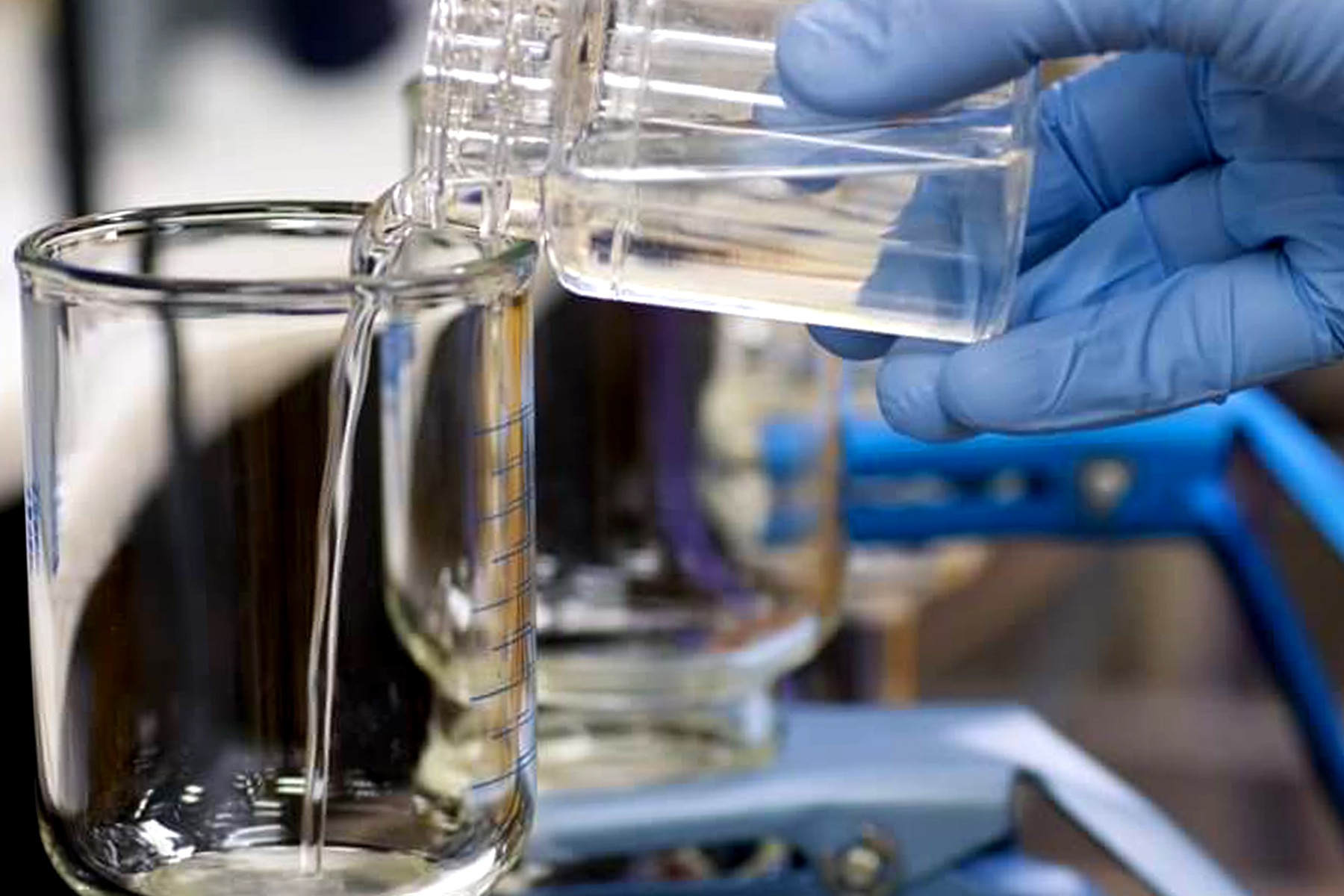
WATER CONTAMINATION AND IMPACT IN THE LABORATORY
Introduction
In our recent article on Water Disinfection using Chlorination Method, we highlighted that water has some impurities that may be harmful to public health. It is crucial to disinfect and apply other purification methods to eliminate impurities present in the water for safe consumption.
This article will focus on water purity levels and modern technologies of water purification. Impurities are detrimental to both laboratory instruments and analyses. A potential source of error in any given laboratory analysis is as a result of the presence of impurities in your lab water.
Water Contaminants and Effects on Laboratory Analysis
Natural water contains 4 main classes of contaminants – micro-organisms, organic compounds, dissolved gases and inorganic ions. These contaminants are typically removed or minimized to safe levels by municipal water companies.
Potable tap water, although safe for human consumption still contains some of these contaminants that affect the durability of laboratory instruments & the accuracy of the analyses.
Given that water is critical in laboratory processes, it is important to monitor what’s in your water – how it can impact your analyses and instruments, and how to get rid of it. The type and quantity of impurity often define the quality of the water. This points you to the complications that can arise from its use in analytical applications.

Impact on Laboratory Instruments
Water contaminants can potentially impact the durability of laboratory instruments, especially in the mining and food industries.

Purification Technologies to Eliminate Contaminants
Water purification is a step-by-step process often requiring a combination of technologies to achieve required water quality. Distillation, deionization and some filtration methods are considered pretreatment methods before final treatment measures are applied.
Most industrial companies apply a number of modern purification technologies, find a list of them below.

Classification of Water Purity
Generally, lab analysts define treated water by the methods used to generate its purified form e.g. distilled water, RO water, DI water etc.
However, it is imperative to know the laboratory-grade water to use for each application. This way the lab will minimize operational cost. You can make certain that the level of impurity in your lab water does not impact the accuracy of your analyses.
Lab water purity is best classified as Type I, Type II and Type III, with Type I being the purest.

The unit of measure of total organic contaminants found in water is parts per million (ppm) or parts per billion (ppb).
Conclusions
The choice of the method and or process for water purification a lab should choose depends on the application and the type of instruments.
Secondly, one should know the contaminants present in the source water and the combination of purification methods.
Finally, it is critical to routinely inspect, calibrate and service mechanical and electrical components of the instrument which are in contact with water to prevent possible damage.
Finding a suitable water purification system is critical for accurate, cost-effective and reliable laboratory analyses. For more information on how to find a purification system for your lab water contact Cleanearth at directmail [at] cleanearthsci.com.
Related Products:
Milli-Q Integral
Milli-Q Direct
Elix Advantage
Written by: Pheby Mahoney (Marketing and Insights Associate at Cleanearth Scientific Limited)






No comment yet, add your voice below!